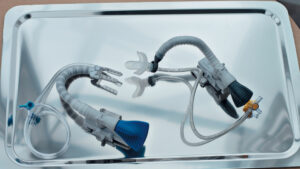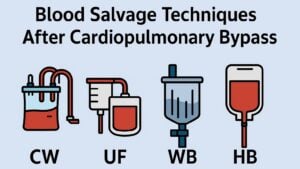Background: Acute type A aortic dissection (ATAAD) is associated with high mortality. Previous studies found that maintaining a high level of oxygen delivery (DO2) could decrease the postoperative mortality, but the minimum threshold of DO2 remained unclear. The present study aimed to investigate the relationship between maintaining intraoperative DO2 ≥280 mL/(min·m2) and the 90-day postoperative mortality of ATAAD patients.
Methods: The clinical data of 178 ATAAD patients who underwent Sun’s procedure in our center from January 2018 to July 2022 were retrospectively analyzed in the present cohort study. The included patients were divided into hypoxic group [DO2 <280 mL/(min·m2)] and normoxic group [DO2 ≥280 mL/(min·m2)]. The primary endpoint was the 90-day all-cause mortality, and the secondary endpoints were postoperative mechanical ventilation time, the application of continuous renal replacement therapy (CRRT), brain complications, and other postoperative complications.
Results: Among all the patients, a total of 23 patients died 90 days postoperatively. Compared with the hypoxic group, blood flow, hematocrit (HCT), DO2, and DO2/VO2 ratio during cardiopulmonary bypass (CPB) were significantly higher, while the need for CRRT and the 90-day mortality were significantly lower in the normoxic group. The median follow-up time was 4 months. Kaplan-Meier curve indicated that the survival rate of ATAAD patients in the normoxic group was significantly higher. Univariate cox regression analysis demonstrated that 90-day mortality was reduced by 72.1% in the normoxic group.
Conclusions: Maintaining DO2 ≥280 mL/(min·m2) during CPB by increasing CPB flow and HCT level is associated with decreased 90-day mortality of ATAAD patients.
Keywords: Goal-directed perfusion (GDP); acute type A aortic dissection (ATAAD); mortality; oxygen delivery (DO2); survival analysis.







